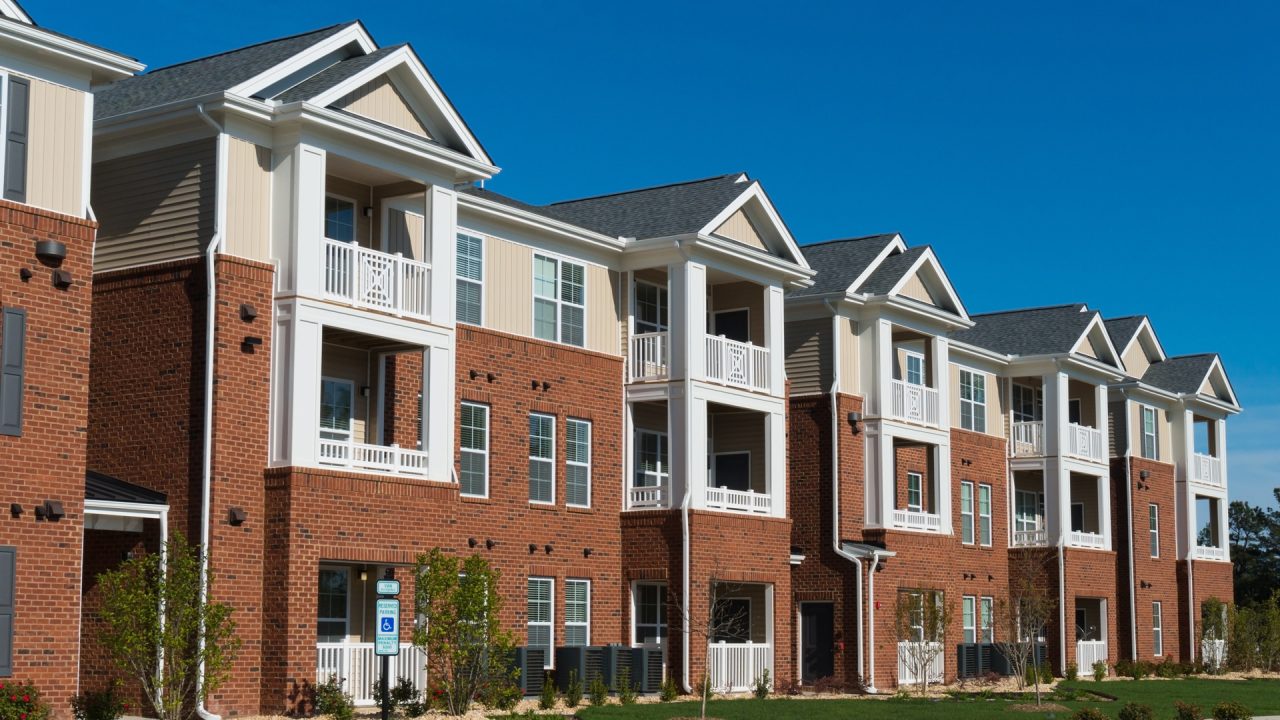TUSCALOOSA, Ala. – The average renter in 12 metro areas across Alabama must make about the median annual income for the state to avoid rent becoming a financial burden, according to a recent report from researchers at The University of Alabama and two other schools.
The median household income for Alabamians is about $56,900, only slightly less than the $58,800 needed, on average, for rent not to consume too much of a household’s expenses across 12 of Alabama’s largest metro areas. Consumers are considered rent-burdened when they spend 30% or more of their incomes on rent, lessening the ability to pay for other necessities.
Renters in Dothan need to earn about $68,500, the highest of the 12 areas indexed in the report, while renters in Mobile can earn $47,800 to stay clear of rent burden, the lowest among the markets, according to the Waller, Weeks and Johnson Rental Index that covers the entire stock of homes and apartments across 100 metro areas in the United States.
The average rent across 12 Alabama metro areas tracked in the index was about $1,400 in May.
Nationally, to avoid being rent-burdened, the average U.S. renter needs to make nearly $82,000 a year, according to the report. In 11 U.S. markets, the average renter needs to earn a six-figure annual salary to avoid being classified as rent-burdened.
“This is an amazingly high number. I think most will find this figure shocking, especially given that U.S. median income is $71,500,” said Dr. Bennie Waller, in the UA Culverhouse College of Business and a research associate in the Alabama Center for Real Estate at UA. “While the pace of rent growth is slowing around the country, housing affordability is coming more into focus.”
Waller and fellow researchers Dr. Ken H. Johnson, an economist in FAU’s College of Business, and Dr. Shelton Weeks, the Lucas Professor of Real Estate at Florida Gulf Coast, recently added the rent-burdened metric to their monthly analysis of the most overvalued U.S. rental markets. They use leasing data from Zillow’s Observed Rental Index to determine existing rents and statistically model historical trends from 2014. Income information is taken from the Wisevoter project.
The researchers coupled affordability metrics to assist consumers, real estate owners and property managers with data to facilitate more informed decision-making, Waller said.
“In the past, the nation has dealt with unaffordable housing in the short run by moving in together,” Waller said. “This is what seems most likely once again.”
The current average U.S. rent of $2,048 per month requires an annual income of $81,934 to avoid being rent burdened, according to the index. These figures account only for rent and do not include utilities.
“Clearly, the nation as a whole is returning to more normal rent increases. But this does not mean that the rental crisis is over just yet,” said Johnson. “The level of rents is now much higher and household income has yet to catch up. I think we have moved from a rental crisis into a prolonged affordability crisis.”
Average rents across the nation remain stubbornly high, according to the index. The average U.S. rent increased by 0.64% in May from April, significantly higher than growth rates during March and April that increased 0.46% and 0.58% respectively.
The current month-over-month increase on an annual basis would equate to 7.7%. This is above the current year-over-year increase of 4.79%, suggesting continued increases in rents are likely.
Weeks said it’s essential to build more rentals to keep pace with household formation and demographic shifts across the country.
“The issue of affordability is probably going to become the big question going forward,” Weeks said. “Until we see significantly more production of new rental inventory and average household annual income increases, we will be talking about affordable housing.”
Complete interactive data for both the U.S. and Alabama can be found here.
The University of Alabama, part of The University of Alabama System, is the state’s flagship university. UA shapes a better world through its teaching, research and service. With a global reputation for excellence, UA provides a forward-thinking environment and over 200 degree programs on a beautiful, student-centered campus. A leader in cutting-edge research, UA advances discovery, creative inquiry and knowledge through more than 30 research centers. As the state’s largest higher education institution, UA drives economic growth in Alabama and beyond.
Contact
Adam Jones, UA communications, 205-348-4328, adam.jones@ua.edu
Source
Dr. Bennie Waller, instructor of finance, bdwaller@culverhouse.ua.edu
